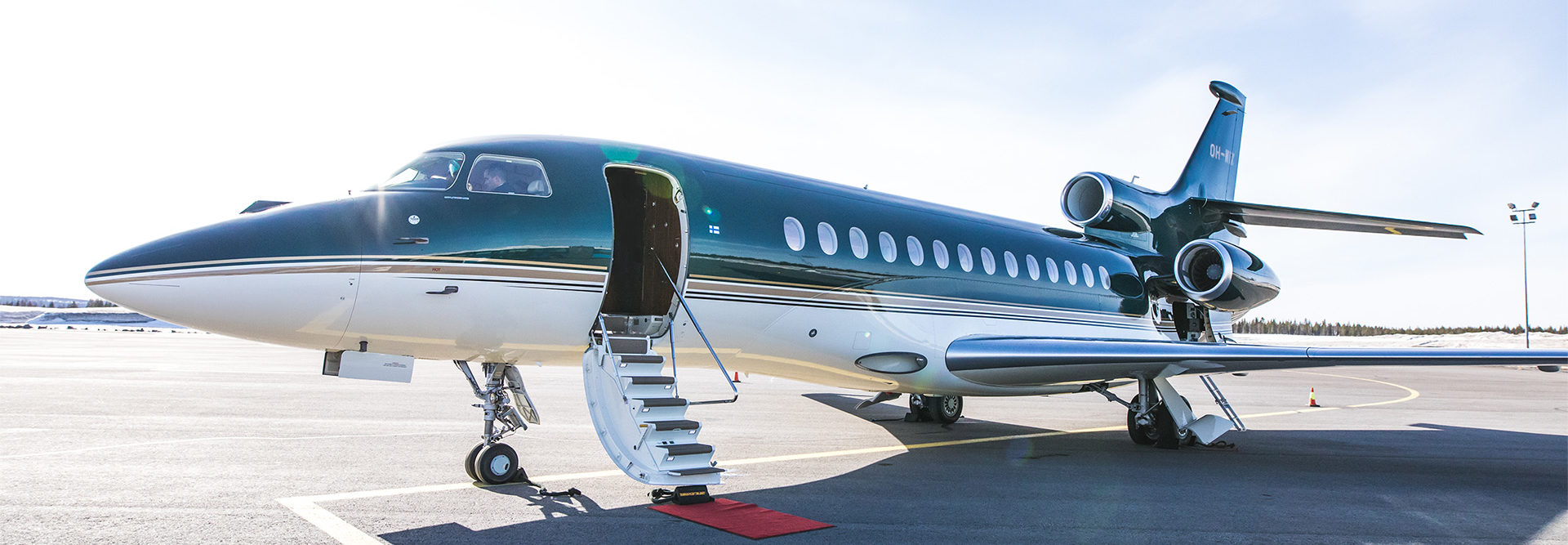
Safety Management System in Aviation
Aviation is a complex and highly technical industry, and it is considered very safe. Aviation is regarded as a trailblazer for safety within the major transport modes (air, rail, sea, and road). It is also an industry where there is very little tolerance for errors, and safety is a top priority in operations. In aviation, safety risks are managed through a structured safety program called a Safety Management System.
What Is a Safety Management System?
A safety management system (SMS) in aviation commonly refers to a set of processes and tools to manage a structured safety program. It is to provide for a systematic approach to achieving acceptable levels of safety risk. SMS programs are mainly based on ICAO standards, and general guidelines are outlined in ICAO Document 9859. In the same document, the processes and tools are organised into four components: Safety Policy, Safety risk management, safety assurance, and safety promotion. In each component, there are 2-5 elements to structure the system further.
So the most popular tool for SMS is the ICAO Document 9859. Other tools to manage safety matters in the aviation industry include:
- Safety training videos;
- Risk management methodologies;
- Documentation software;
- Training article libraries; and
- Survey tools.
Why Is a Safety Management System Important?
A well-structured SMS benefits operators in many ways. Let us start with a couple of educational stories that demonstrate what can be the consequences when things are not thought out in advance. These stories give an interesting viewpoint on the importance of safety management.
In 1983, an Air Canada flight ran out of fuel above Gimli, Manitoba. Canada switched to the metric system in 1970, and the plane is reported to have been Air Canada’s first aircraft to use metric measurements. The plane’s onboard fuel gauge was not working, so the crew used measuring “dripsticks” to check how much fuel the plane took on during refuelling. Things went wrong when they converted this measurement of volume into one of weight. They got the number right, but the unit wrong – mistaking pounds of fuel for kilograms. As a result, the plane was carrying about half as much fuel as they thought. Luckily, the pilot was able to land the plane safely on the Gimli runway, giving the plane the nickname “Gimli Glider”.
(Source: https://www.bbc.com/news/magazine-27509559)
In September of 1999, after almost ten months of travel to Mars, the $125 million Mars Climate Orbiter burned and broke into pieces. On a day when NASA engineers were expecting to celebrate, the ground reality turned out to be completely different, all because somewhere in the process units got lost in translation! The navigation team used the metric system of millimetres and meters in its calculations, while the American engineers who designed and built the spacecraft provided crucial data in the imperial system of inches, feet, and pounds. It was supposed to be standard practice to convert to metric units for space missions, and the navigation team had assumed that the conversion was made. Failure here and an assumption there led to a conversion mishap. There was not a secure enough check system in place, and the consequences were – well, quite literally shattering.
(Source: https://www.simscale.com/blog/2017/12/nasa-mars-climate-orbiter-metric/)
SMS helps operators to monitor operation safety systematically. With straightforward evaluation processes and structured documentation, it acts as a tool to improve safety – even before anything drastic happens. In a nutshell: The safety management system aims to deliver better protection for all. It ensures better safety for both the passengers and the flight staff. SMSs only work if there is a strong safety culture and consistency behind them. Safety culture must be more than an empty phrase. It needs to be led from the top, followed and supported throughout the organisation, and periodically evaluated. As said at the very beginning of this article, SMS is to provide a systematic approach to safety issues and mitigating risks.
We at Jetflite are committed to continuously improving towards the highest safety standards. Safety, as a whole, is our primary responsibility.
Here’s more information on safety management at Jetflite.

